To answer your question, which of the pictured bunkers do not look as intended because of grow-in issues? Here goes....
This photo weighs heaviest against my theory. The mound in the middle of the bunker is looking pretty healthy, and the grades on that mound are steep enough to dry out. There is an eyebrow of healthy turf at the top of the sand sweep, and it too appears to be growing well on an area that would be inclined to dry out.
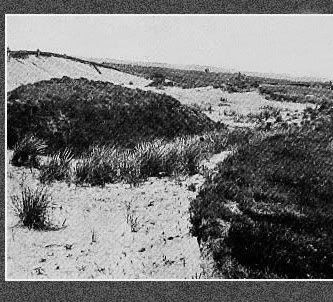
Here again we see healthy mounds inside of the bunker, but there is a lot of
are you in the hazard or out of the hazard confusion going on in there. Now I'll grant you that that may be by design, but it can't be ruled out as a grow-in issue. As with the photo above, I find it curious that so much plant material is left to grow inside of the hazard. I would suggest that the volunteer grasses, and the seeds that feel inside the hazard may have been left to grow for stability.
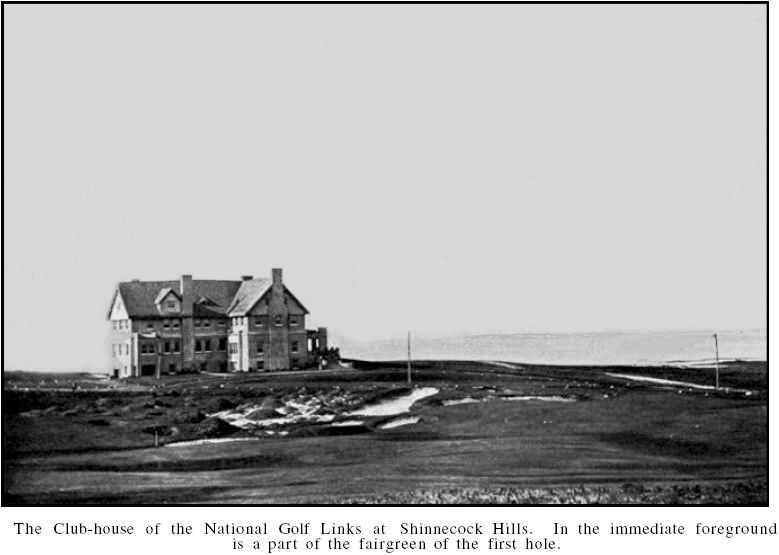
Clearly the wind is having it's way with this bunker and the grass is struggling. I might want to rebuild this one so that it doesn't bury my green with sand on some windy winter day. Yikes.
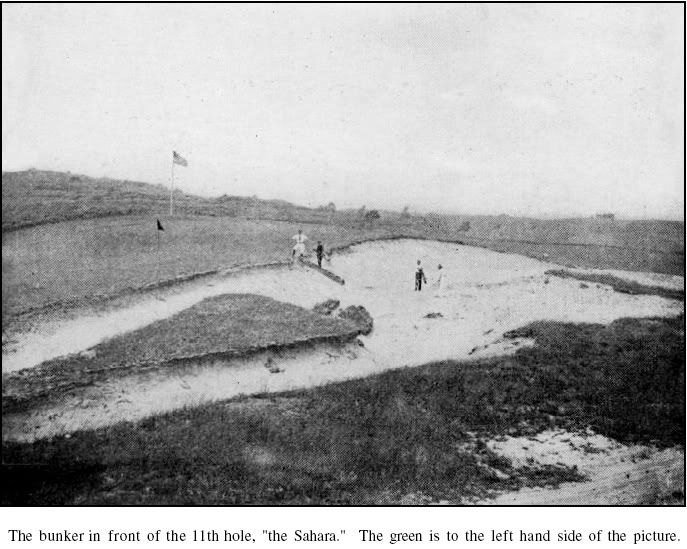
This bunker looks remarkably like the bunker that is there today. Except that now it has a grass face on it rather than a flashed sand face. The face may have originally been seeded to have grass on it but the grass didn't fill in, and subsequent seedings where made. Or the face was originally intended to be sand flashed but was grassed later for aesthetic or practical reason reasons.
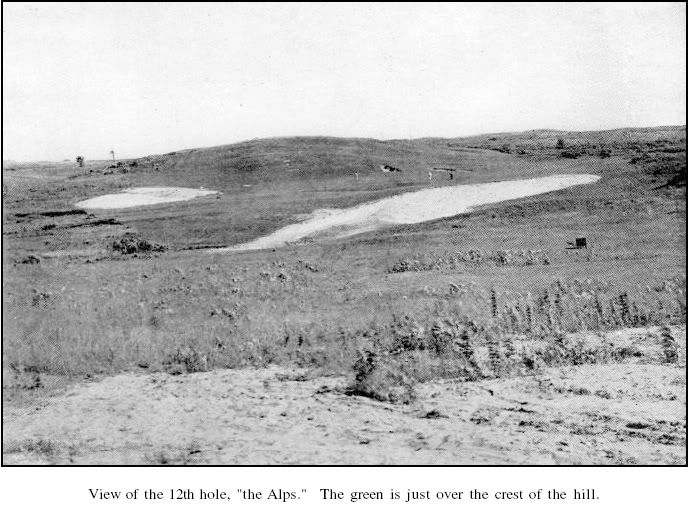
Not much to see on this one.
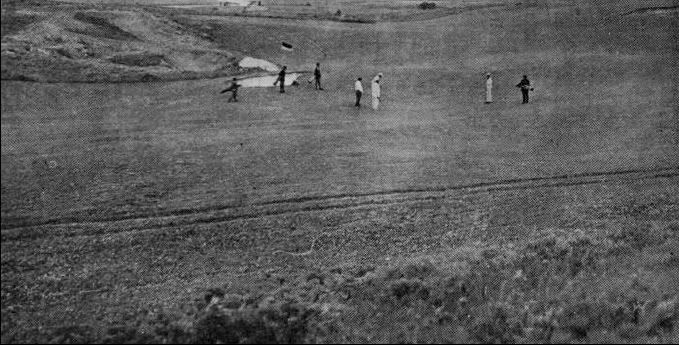
What is this a Van Gogh?
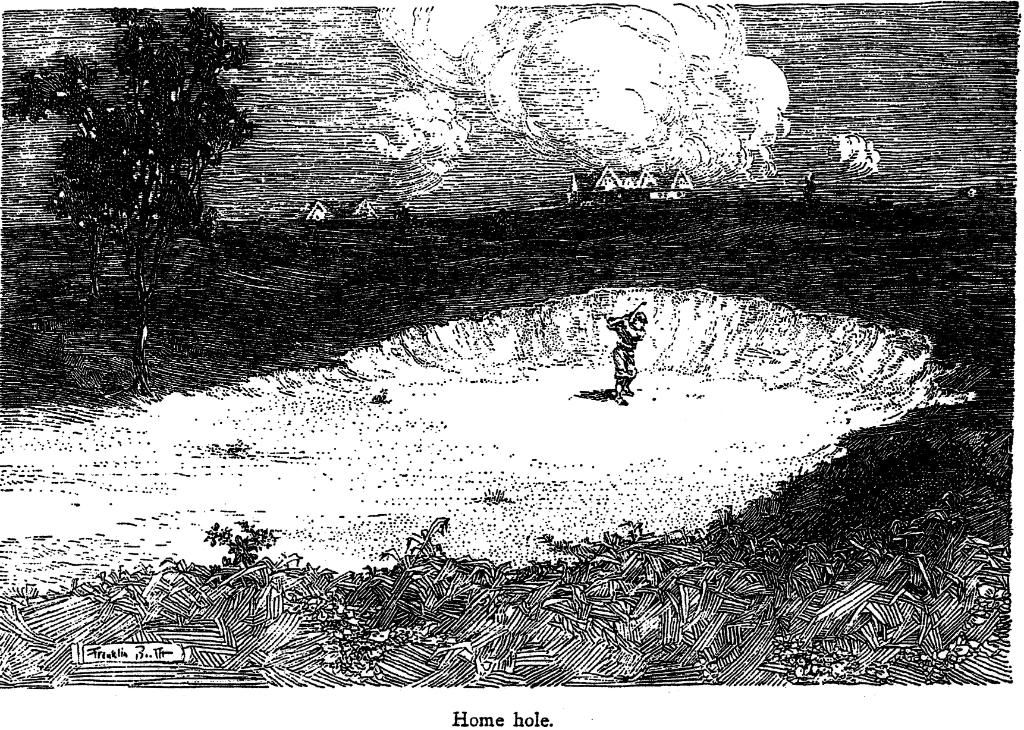
This photo supports my theory. There is a wind swept face to the left of the grass face, with tufts of grass inside of the sand indicating that it may have been seeded along with the grass face to the right, but the seed didn't take. I'm not saying that I
know that is what happened, I am only saying that it
could have happened.
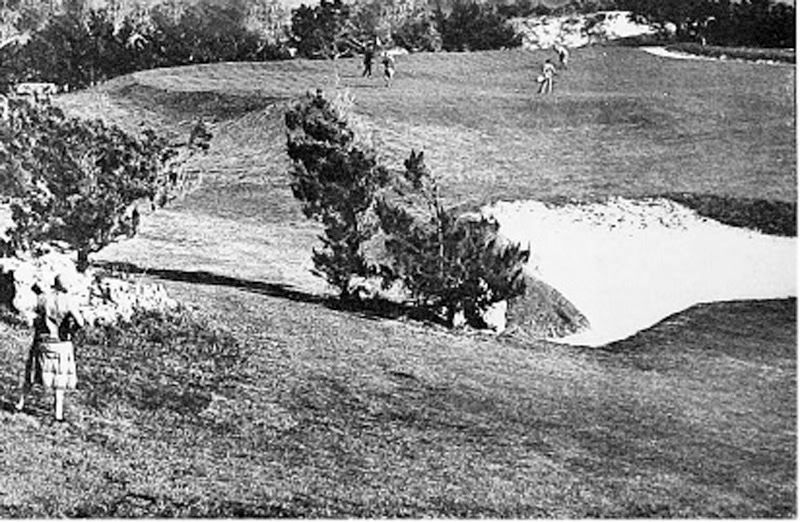
This looks like intentional sand flashing to me. The foreground bunker has a grass face, and behind it there is a bunnker with flashed sand. This picture shows that there were different styles of bunkering at NGLA. And there still are. Let's think about that for a moment. Is it possible that there has been some allowance for grass movement in to bunkers, and some edging of grass out of bunkers for the sake of uniformity?
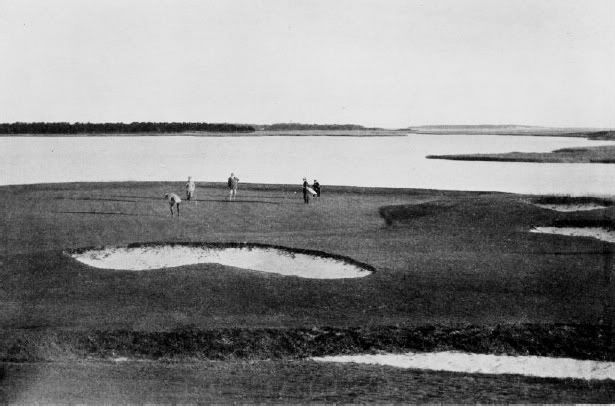
Hard to see what is going on here, but these have the shape of the bunkering at NGLA today.
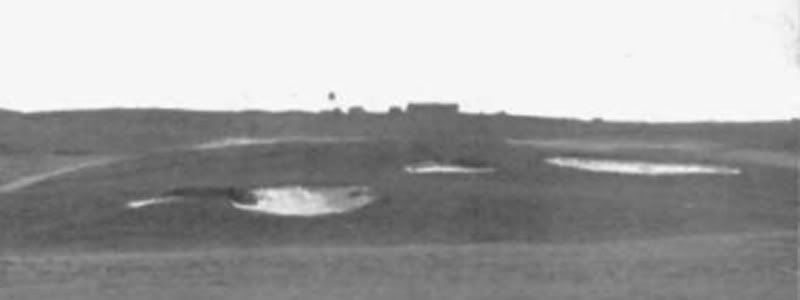
This looks like a grass faced flat sand bunker to me. Here again there is a lot of stuff growing inside the bunker, and it does not appear to be turfgrass. Was this vegetation planted or was it volunteer? Is it there to make the hazard more hazardous? Is it there to help stabilize the sand? Is it there because the rules that touch on
am I in the hazard or out of the hazard are not clearly defined at this time in the game?
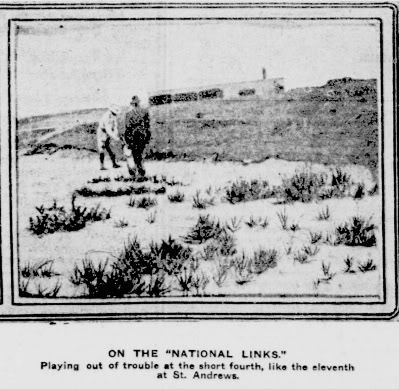
The Redan bunkers. I think there would have been a focused effort on stabilizing this grass face because the entire concept of the hole depends on the fall away angle of the green that is so closely tied in with that bunker. So we shouldn't be surprised to find that this grass face is in pretty good shape. You were right to call me on this one David. There is some clumping that looks like it could be erosion, but now I think a better explanation is it hasn't been cut in a while and some tufts of fescue are growing higher than others.
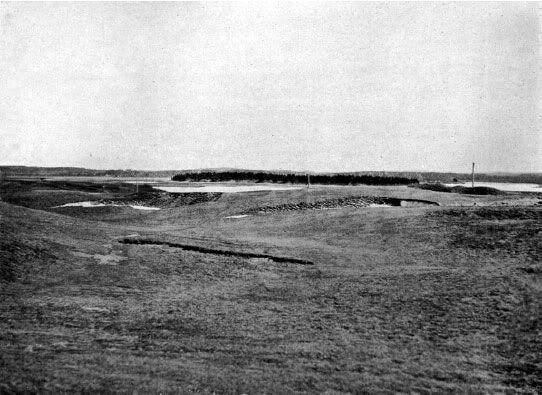
The Short Hole. One can say that the timbers are there to protect the putting surface from falling in to an eroding bunker problem. But one could also say that CBM wanted that timber look, and that there were no grow-in issues or banks stabilization problems here. I am more inclined to favor the former, because CBM doesn't seem to have been big on artificiality.
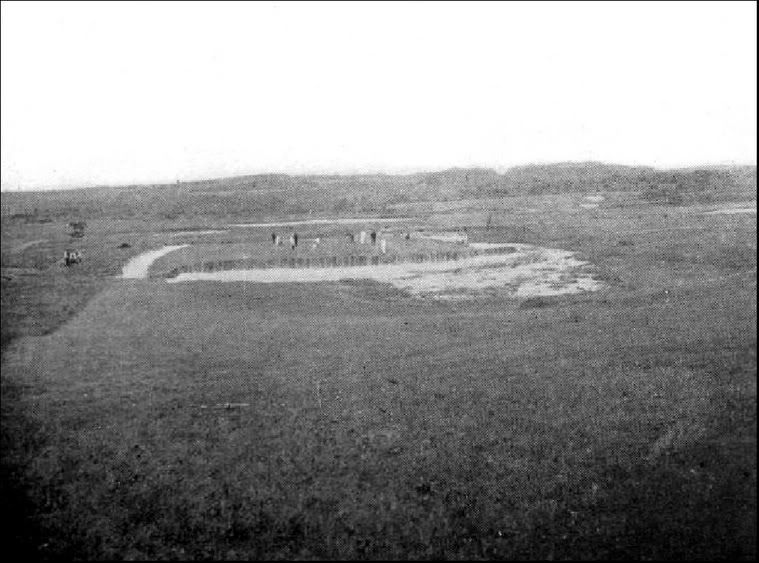
Bermuda grass - if you fertilize it and water it it will grow.
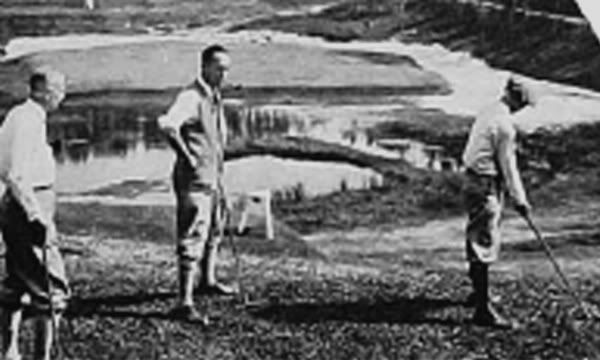
Sahara bunker. Clearly wind swept and blown out with weak edges. But I think that's what they wanted here. However, even this bunker would need to be contained at some point. You can not rule out that there is more wind erosion here than what is wanted. Nor can you rule out that this is exactly what they wanted.
The water tower to the left would have provided all the water for the whole course. The elevation of the tower provided pressure to the sprinklers so the water would throw some distance, but it wouldn't have been very much water that's for sure.
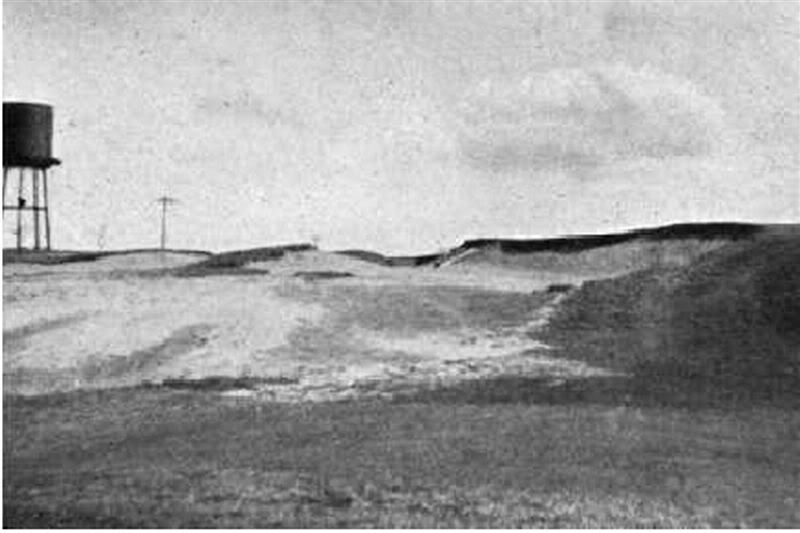
[/quote]